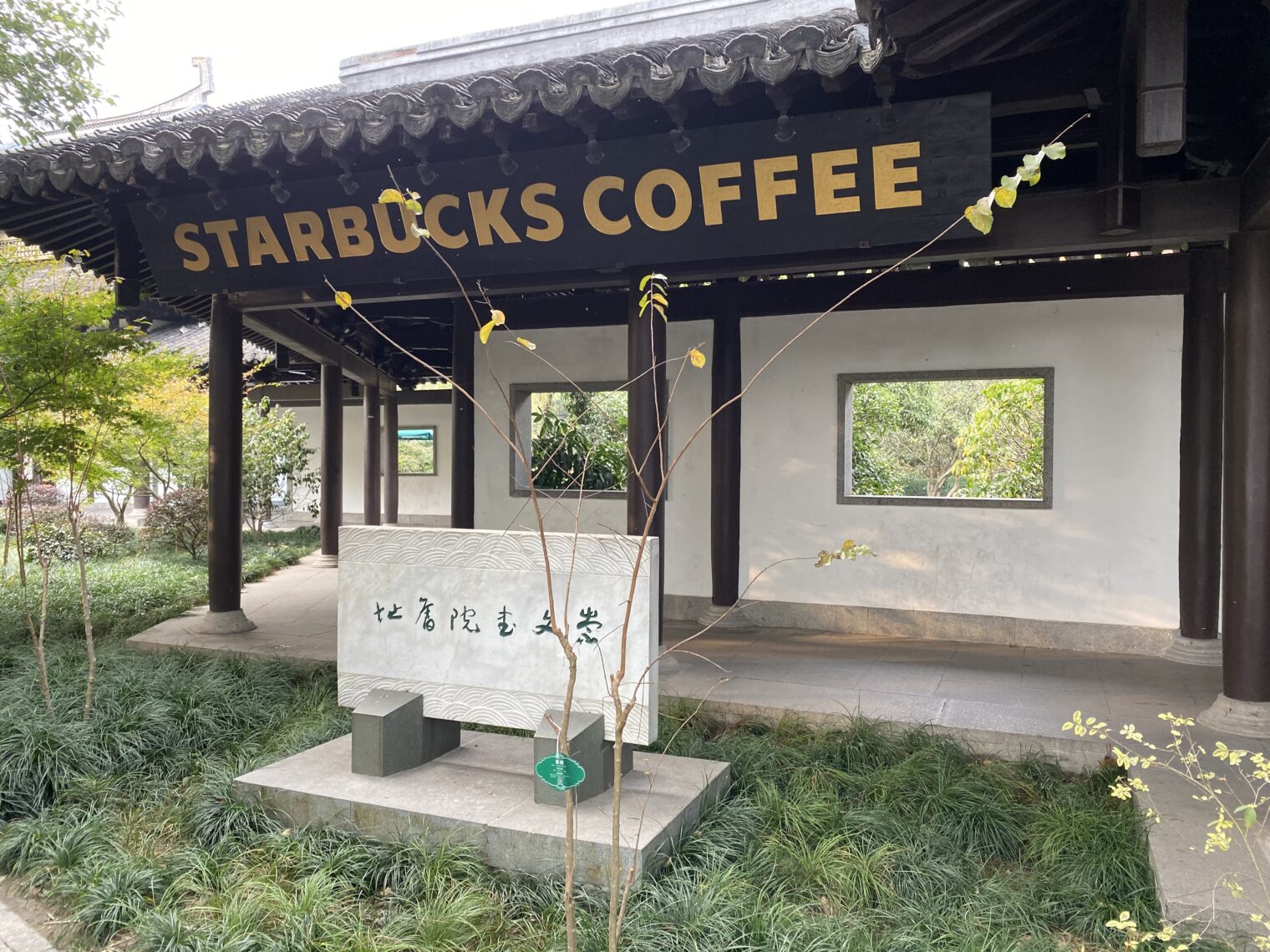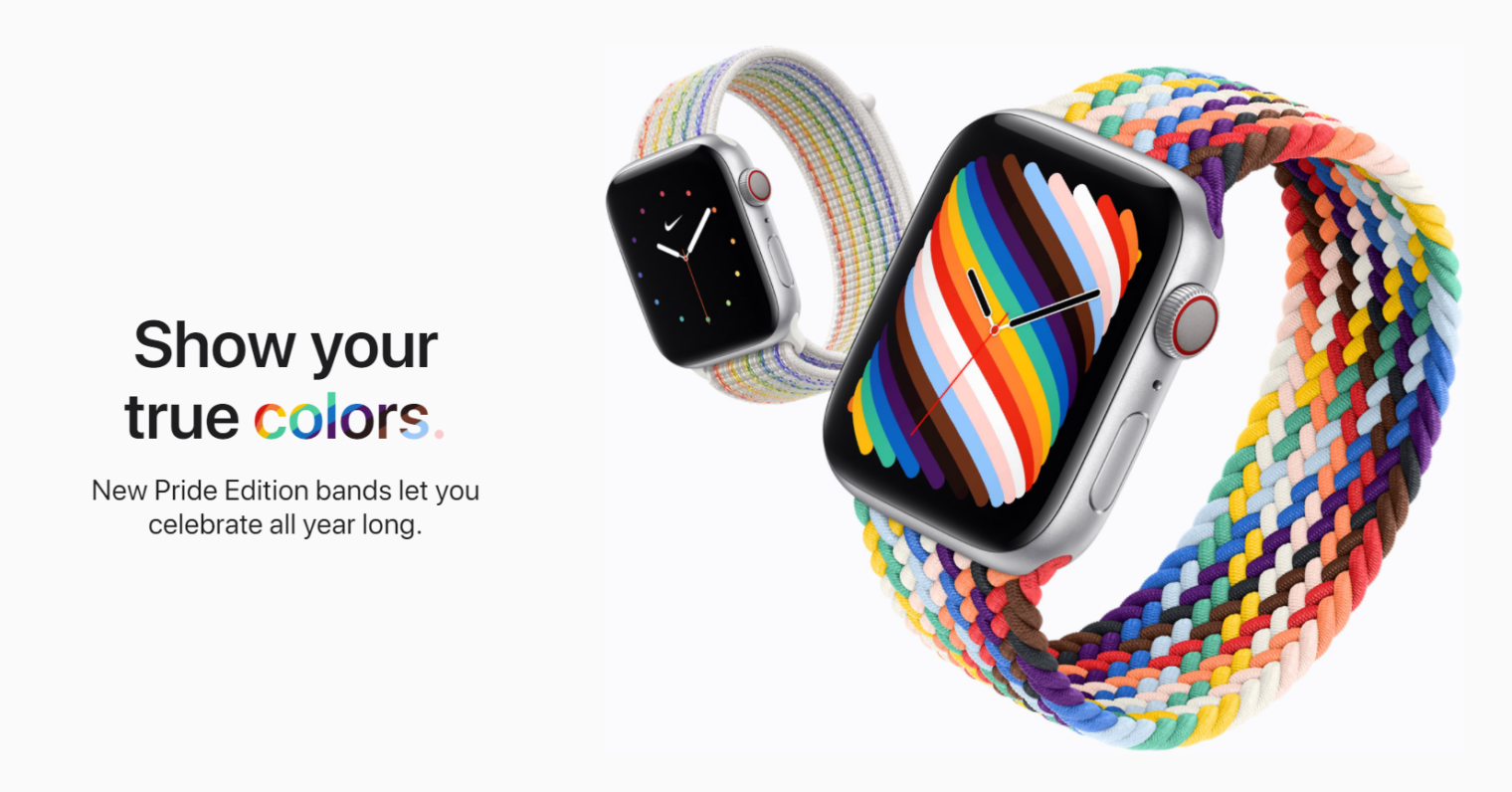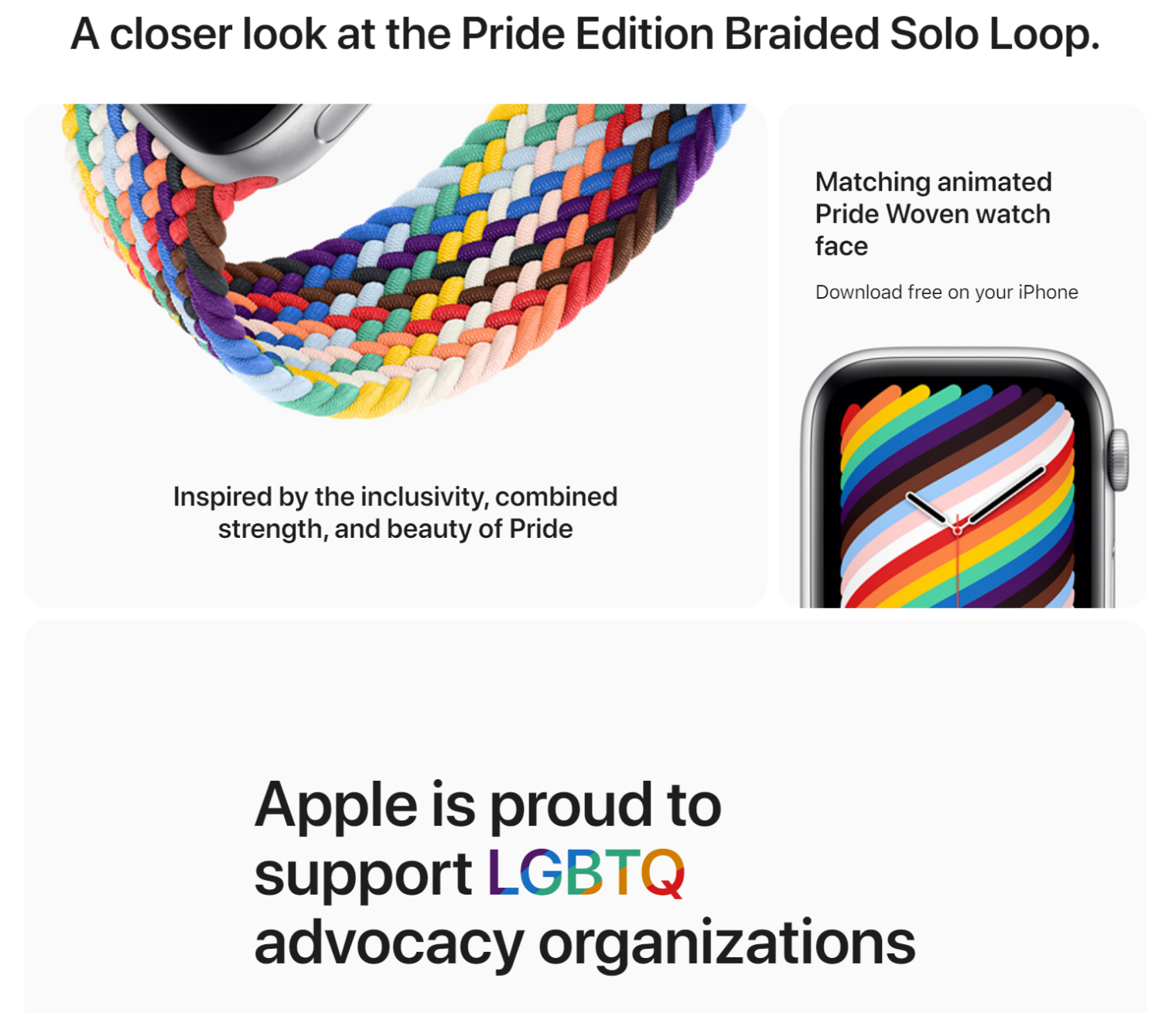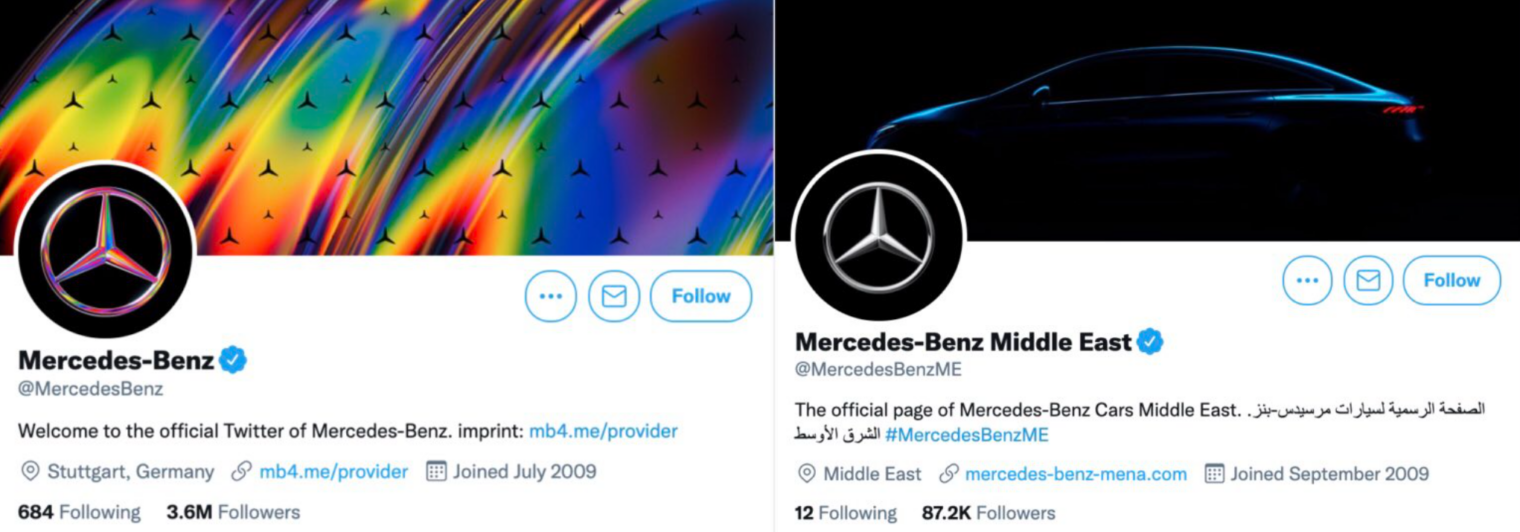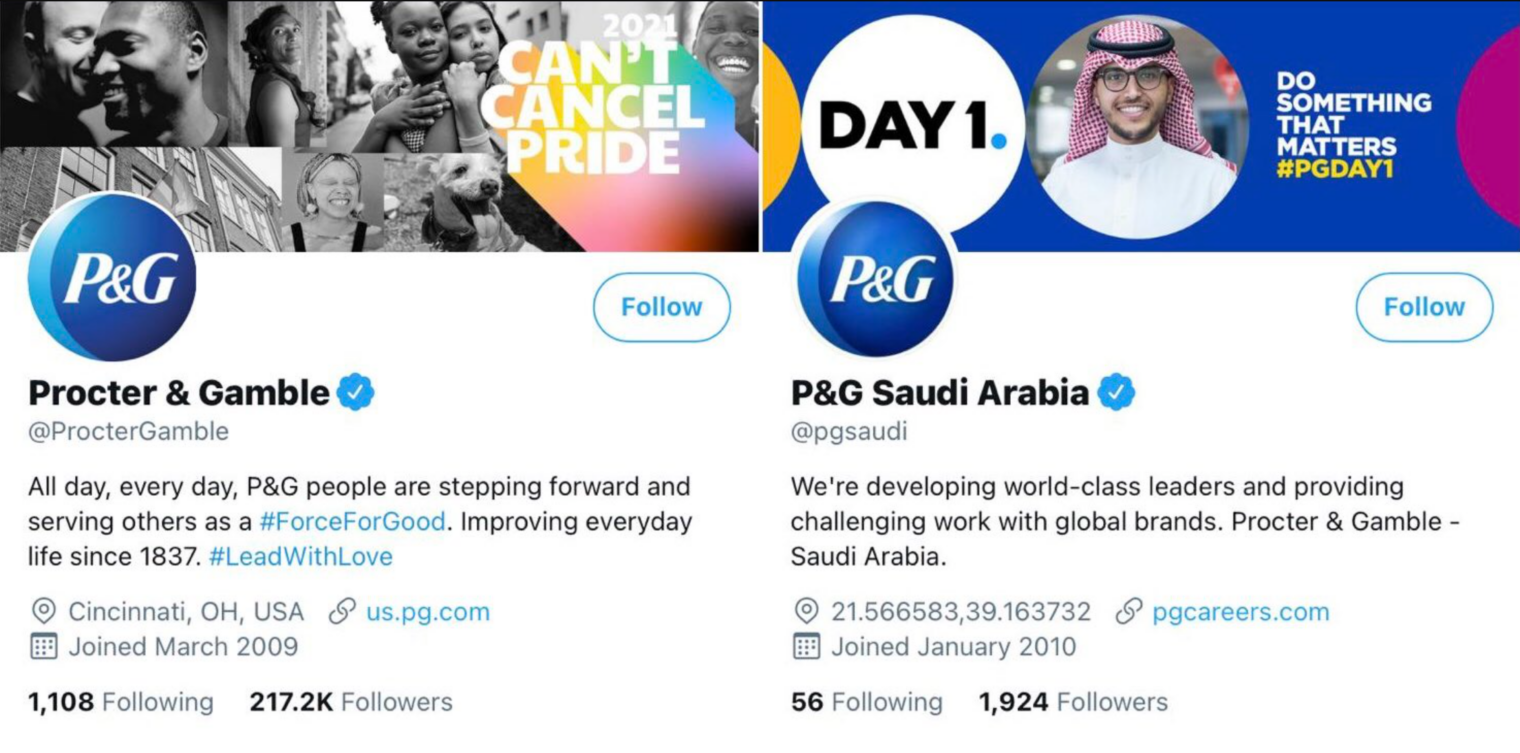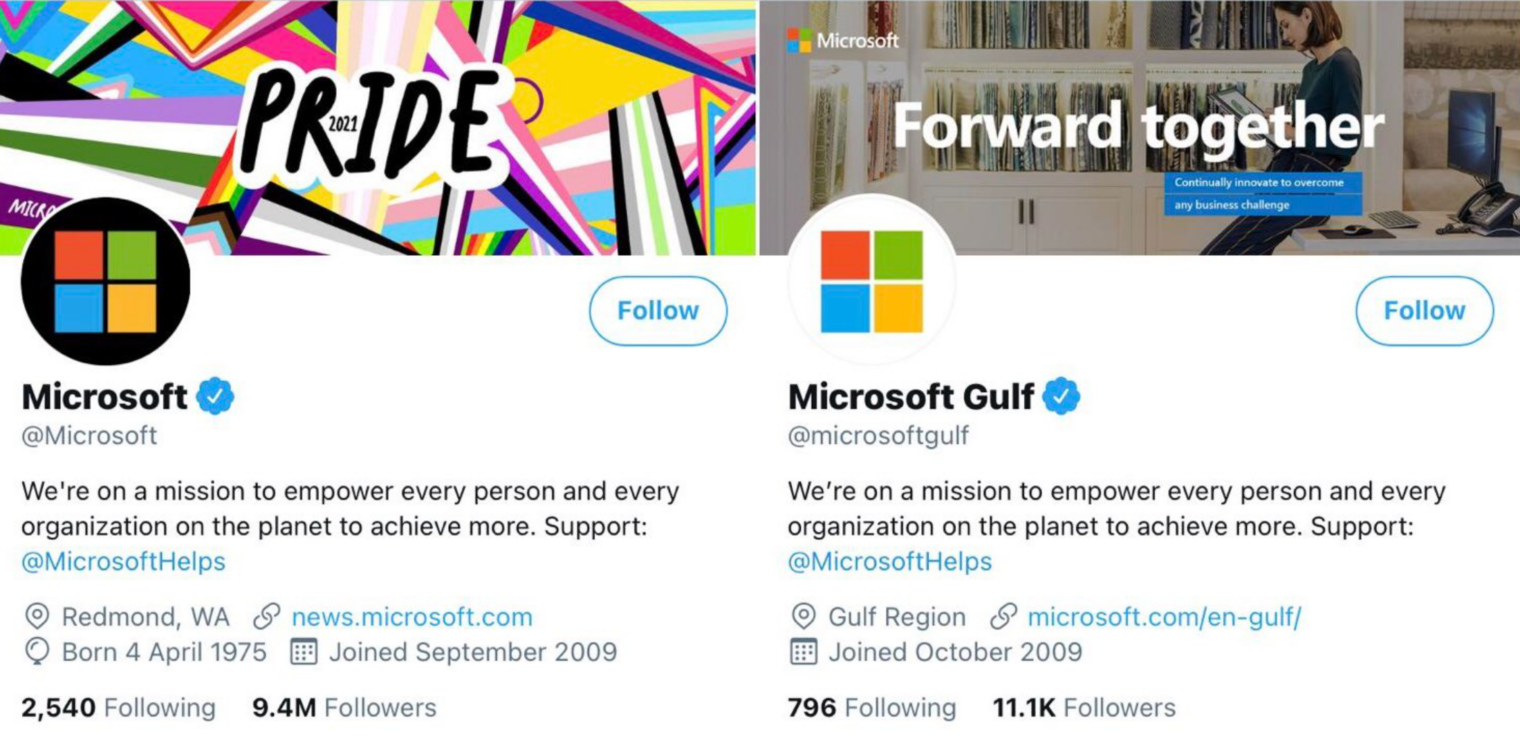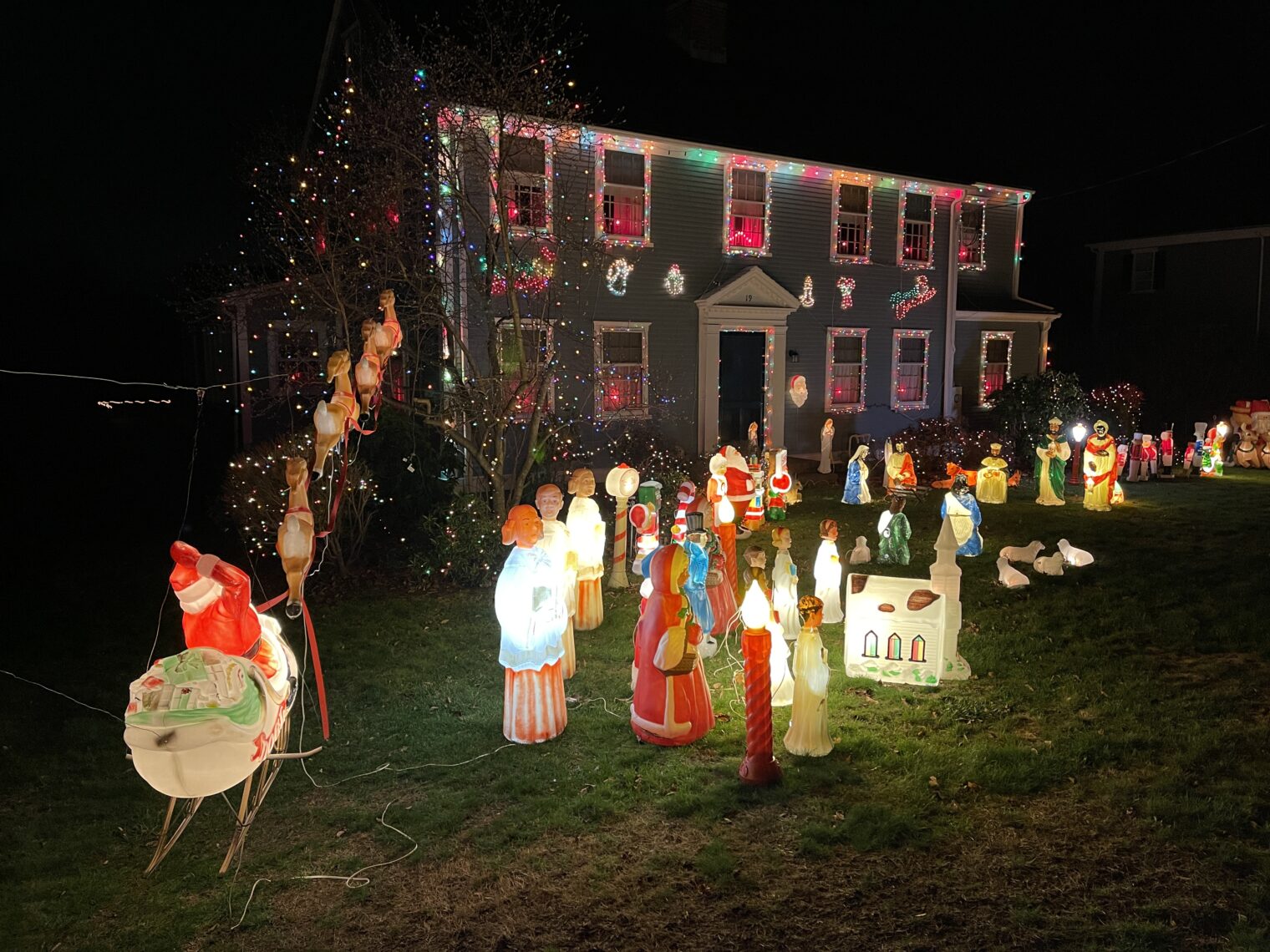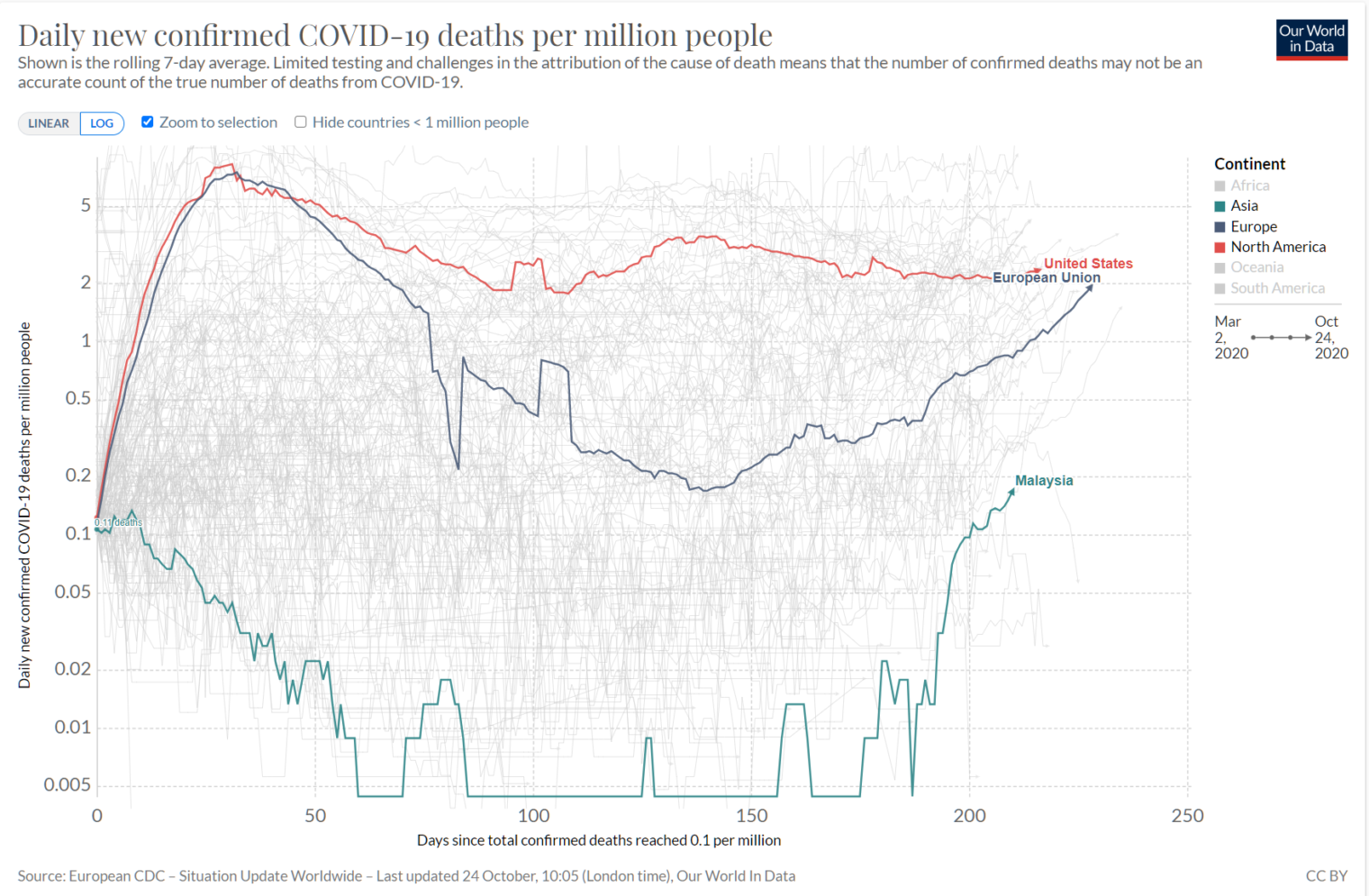Happy Pride Month! I would love to hear everyone’s plans for celebration. We have a two-car garage here in Maskachusetts and, for compatibility with neighbors’ yard signs, I had thought about painting one door in a rainbow flag and the other in a permanent Black Lives Matter sign, but now that we’ve sold the house (signed P&S) and are moving to Jupiter, Florida I am not 100 percent sure that the new owner shares my commitment to social justice.
I’ve never wanted an Apple Watch (an iPhone in the pocket is embarrassing enough), but the company’s courageous commitment to Pride is tempting me to “celebrate all year long”. From the U.S. site:
A detail page:
Some text underneath:
Weaving together the colors of the Pride flag, the Pride Edition Braided Solo Loop band features a unique, stretchable design that’s ultracomfortable and easy to slip on and off your wrist. Created by weaving 16,000 recycled polyester yarn filaments around ultrathin silicone threads using advanced precision-braiding machinery, then laser cutting the band to an exact length for a custom fit. The band offers a soft, textured feel and is both sweat and water resistant.
Apple is proud to support LGBTQ advocacy organizations working to bring about positive change, including Encircle, Equality North Carolina, Gender Spectrum, GLSEN, the Human Rights Campaign, PFLAG National, the National Center for Transgender Equality, SMYAL, and The Trevor Project in the U.S., and ILGA World internationally.
This Pride Edition watch/band is not available from Apple’s United Arab Emirates page, otherwise a mirror image of the U.S. page. Perhaps folks in UAE don’t need to hear the Good News about Rainbow Flagism? From “LGBT rights in the United Arab Emirates” (Wikipedia): “Male homosexuality is illegal in the UAE, and is punishable by the death penalty under sharia law.”
See also, from Titania McGrath, a comparison of major corporations’ Pride Month displays in non-Muslim versus Muslim regions.
Brush your teeth with pride and shave without toxic masculinity (P&G owns Gillette)….
“We prefer to think of it as the Blue Screen of Pride”:
From diversity.google: “The Gayglers is comprised of LGBTQ+ Googlers and their allies. The group not only leads the way in celebrating Pride around the world, but also informs programs and policies, so that Google remains a workplace that works for everyone.” Apparently, “around the world” does not include Arabia:
Should we ask Melinda Gates to fund a project to help these companies translate their Pride Month messages into Arabic, Urdu, Indonesian, etc.?
Related:
Full post, including comments 